The content of the article
Newly made housewives fall into a stupor when they face the question of how to iron a shirt with a long sleeve. The process can rightfully be considered an art, since a properly conducted procedure sets the tone and sense of style for the whole image. The shirt is an integral part of both men's and women's wardrobe. There are certain features of ironing that must be considered. Consider the important aspects in order.
Practical recommendations
- Before ironing, wash your shirt in a convenient way and hang it on your shoulders to avoid creases and creases. Otherwise, it will be difficult for you to smooth out the wrinkles that appeared on the shirt. To facilitate the process, iron the product in a semi-wet state, such a move will save time and effort.
- If you missed the moment when the shirt remained wet, proceed as follows. Hang the item on your shoulders, moisten the shirt evenly with filtered water from the spray bottle, fold it as correctly as possible. Wrap the product in a white terry towel (it does not stain), then place it in a clean plastic bag or wrap it with cling film. Such actions contribute to uniform moisture of the shirt.
- Silk products are ironed according to the opposite principle: completely dry the shirt, dampen a cotton cloth in purified water, attach to clothes, carry out the ironing procedure. In no case do not use gauze or bandage for such needs, otherwise you risk leaving prints on the surface of the product. It is not recommended to spray shirts made of rayon and satin to water to avoid stains.
- Pay attention to the iron you use. Purchase a device with a temperature controller, the function of steaming and spraying with water, a stainless steel sole. Choose an iron with enough features to make it easier to iron clothes made from various types of fabrics. Also take care of the presence of an ironing board, without these components the procedure will never go correctly and comfortably.
- Get distilled water from the pharmacy, which must be poured into the neck of the iron when you are steaming. Do not use running or even filtered water for these purposes. Otherwise, salt and chemical additives will begin to be deposited in the cavity of the device, which, when the steam release button is pressed, will come to the surface of the shirt. Do not forget to timely clean the soleplate and change the water filter.
- As a rule, shirts are ironed from the front, but if the product is dark in color or has an embroidered ornament, this recommendation disappears automatically. Clothes of this kind are ironed only on the wrong side to prevent the appearance of gloss (shiny stripes). In cases where there is no possibility and desire to turn the shirt around, iron it using the steaming function, barely touching the surface of the product with the sole of the iron. Among other things, things made of shiny fabrics also need to be ironed on the wrong side to avoid tarnishing of the fabric.
- Before you start ironing the product, read the label and manufacturer's recommendations. It is important to choose the right temperature regime based on the type of fabric, otherwise there is a risk of burning a shirt or, on the contrary, not ironing it completely. In addition, materials react differently to steaming and moisturizing with water.
- An important aspect of ironing a shirt with a long sleeve is considered to be the sequence of machined parts. Adhere to the principle of "from small parts to large."This means that the first thing you need to iron the small details - the collar and cuffs, and then go the large ones: the shelves (front), the sleeves entirely, the back. The principle is successfully used in dry cleaners, modeling agencies, expensive boutiques. If you do not adhere to the above scheme, you will have to smooth out several large parts that have already been processed, onto which folds have appeared.
Mode selection for ironing long-sleeved shirts
It is important to understand that the temperature and humidity depends on the type of fabric of which the shirt is made. There are cases when the composition remains unknown, in such situations, start the procedure from a minimum temperature.
- Shirts made from pressed fabric should be ironed at a temperature of 110 degrees. It is important to carry out the procedure without steaming, otherwise the product will lose its former shape, and the fibers will lose their structure.
- The polyester, which is part of the shirt, is ironed at 110 degrees, similar to reaped shirts. Also, products of this kind should not be steamed, since synthetic materials will begin to break down. Set this parameter to the minimum mark.
- If your shirt is made of viscose, feel free to proceed with ironing at 120-125 degrees. In this case, you should also not be shy about steam processing, its material can withstand well. It is not recommended to spray viscose from the spray gun to reduce the risk of stains and stains.
- As for natural fabrics, cotton can withstand 150 degrees or more with maximum steam processing. Cotton in combination with flax fiber is steamed and smoothed out only at 165-185 degrees.
- Flax in itself has sufficient rigidity, it is extremely difficult to iron out. For this reason, set the maximum steam power and temperature to 215-230 degrees on the iron. Even with this mode, you will experience some difficulties with straightening folds and creases.
How to iron a long sleeve shirt
After you have chosen the temperature regime, you can start the procedure.
Collar
As mentioned earlier, the first thing is that the small details are ironed, starting with the collar. This part of the product is constantly in sight, so it needs to be paid close attention. Fold the collar so that you have easy access to the wrong side. Move towards the edges towards the center, and not vice versa. Such a move will help to avoid creases in the corner parts of the element. After processing the wrong side, turn the shirt over and repeat the previous manipulations again. Make sure there are no creases, then fold the collar along the main fold and iron this area, giving a standing shape.
Cuffs
Open the cuffs on both sleeves of the shirt, then straighten them on the ironing board to avoid the formation of arrows. First, go with the iron on the wrong side, then go to the front. Move in one direction, at the end of the procedure fold the cuffs and iron them in a fold.
Sleeves
Straighten the sleeve on the ironing board, focus on the seam. Start ironing the item, moving from the shoulder to the wrist. Be careful with the place of the bend, do not get close to it so that arrows do not appear (if they are not needed). When you iron the sleeve on the first side, turn the room in the middle so that the seam is exactly in line. Take an iron, do not touch the edges, then proceed to the processing of the second sleeve.
Shelves and back
Iron the area around the sewn buttons, but do not run the sole of the iron over them. Next, move from shoulder to belt (top to bottom), and iron your pocket in the opposite way - from bottom to top.
The back is ironed more easily than other parts. Place the shirt on the board, swipe the iron from top to bottom, first on the right side, then on the left. If a poorly ironed area remains in the middle, treat it at the very end.
It is easy to iron a shirt with a long sleeve, if you have sufficient knowledge regarding the choice of temperature and the order of processing parts. Carefully make sure that the sole of the iron does not form more and more folds, otherwise it will be difficult to smooth them in the future.
Video: how to iron a shirt and fold it correctly


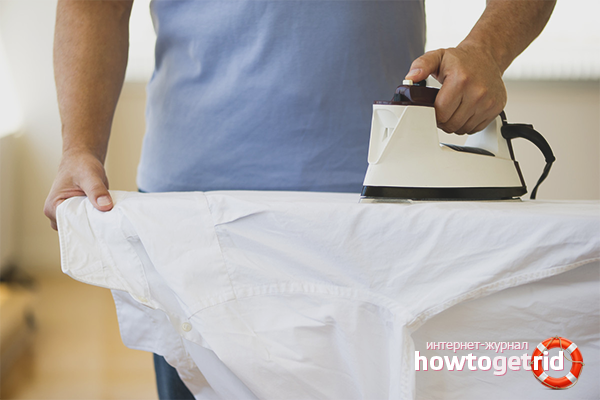
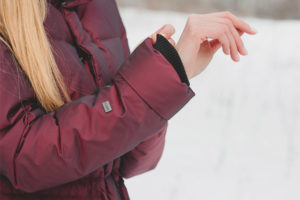
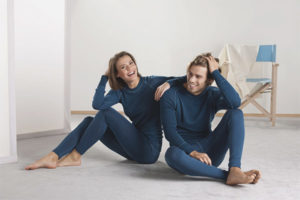
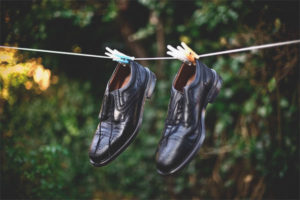
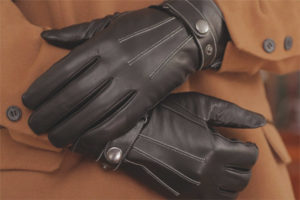
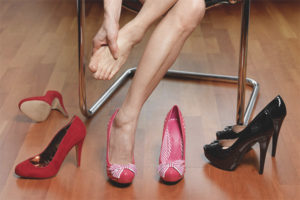
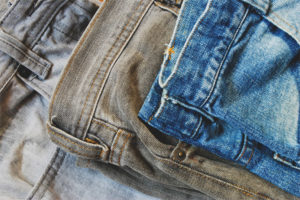
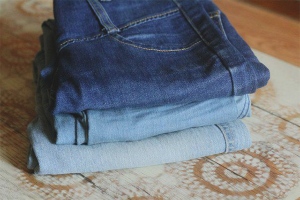
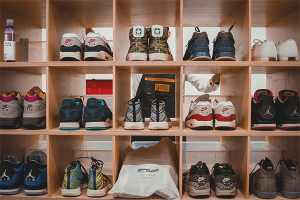
Submit